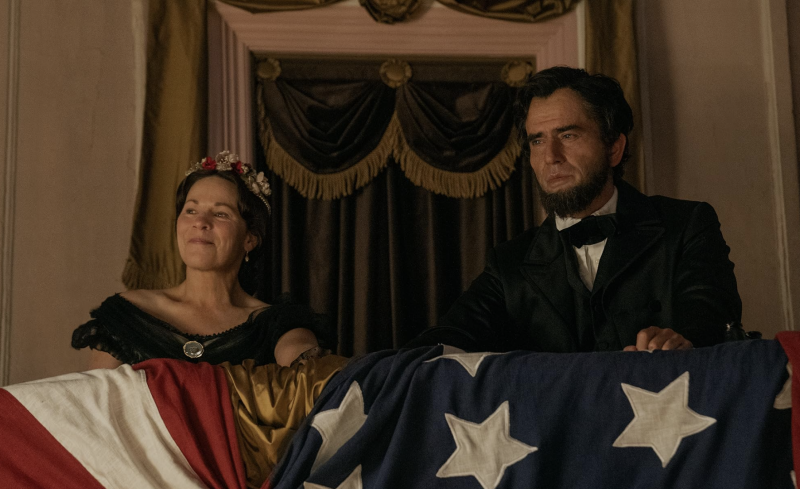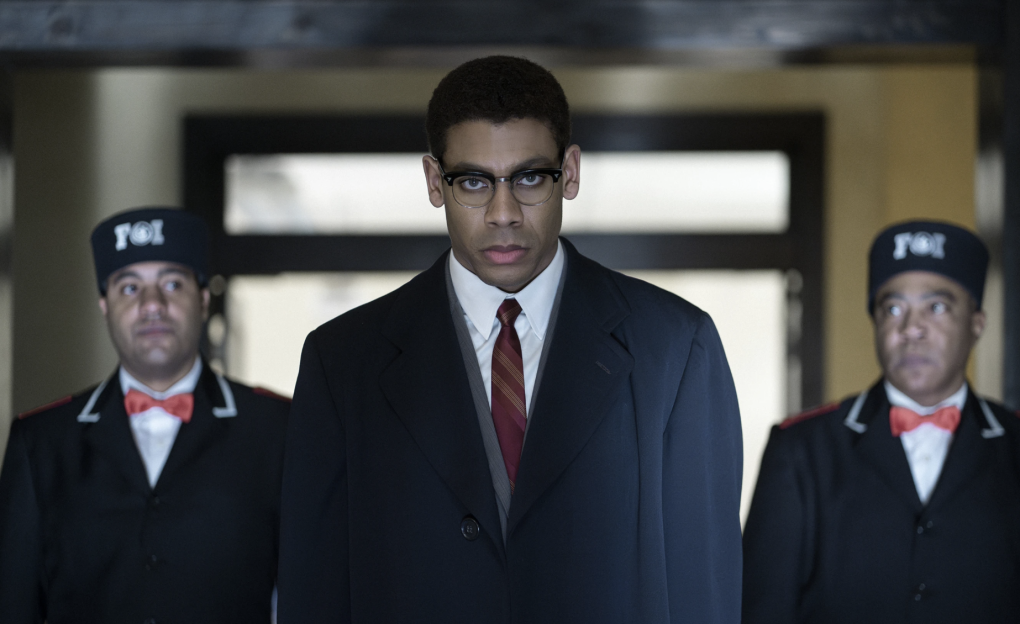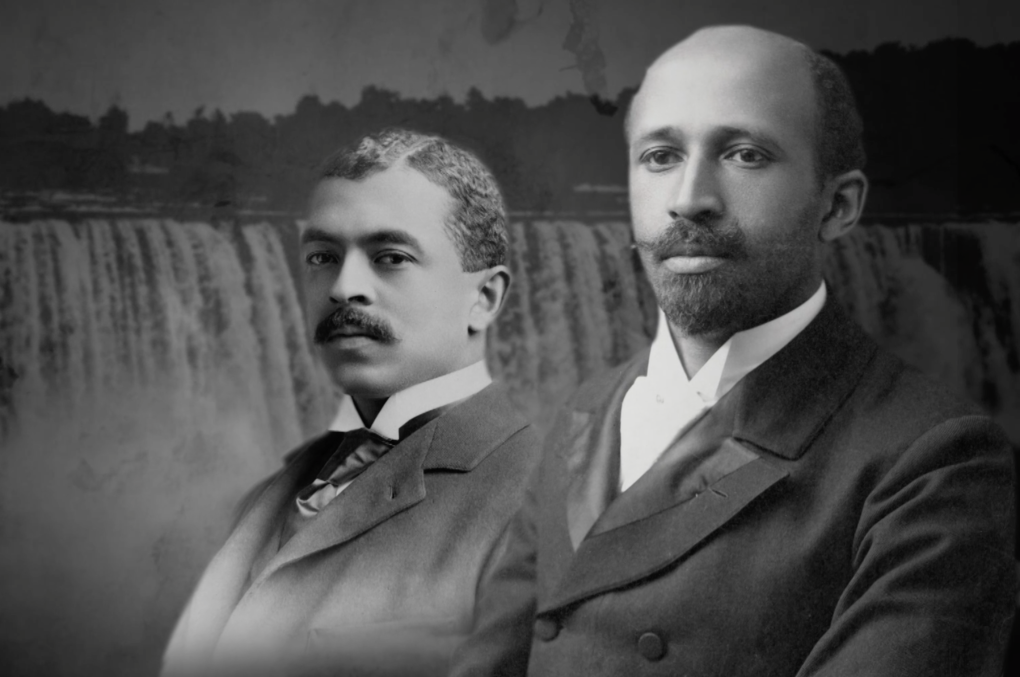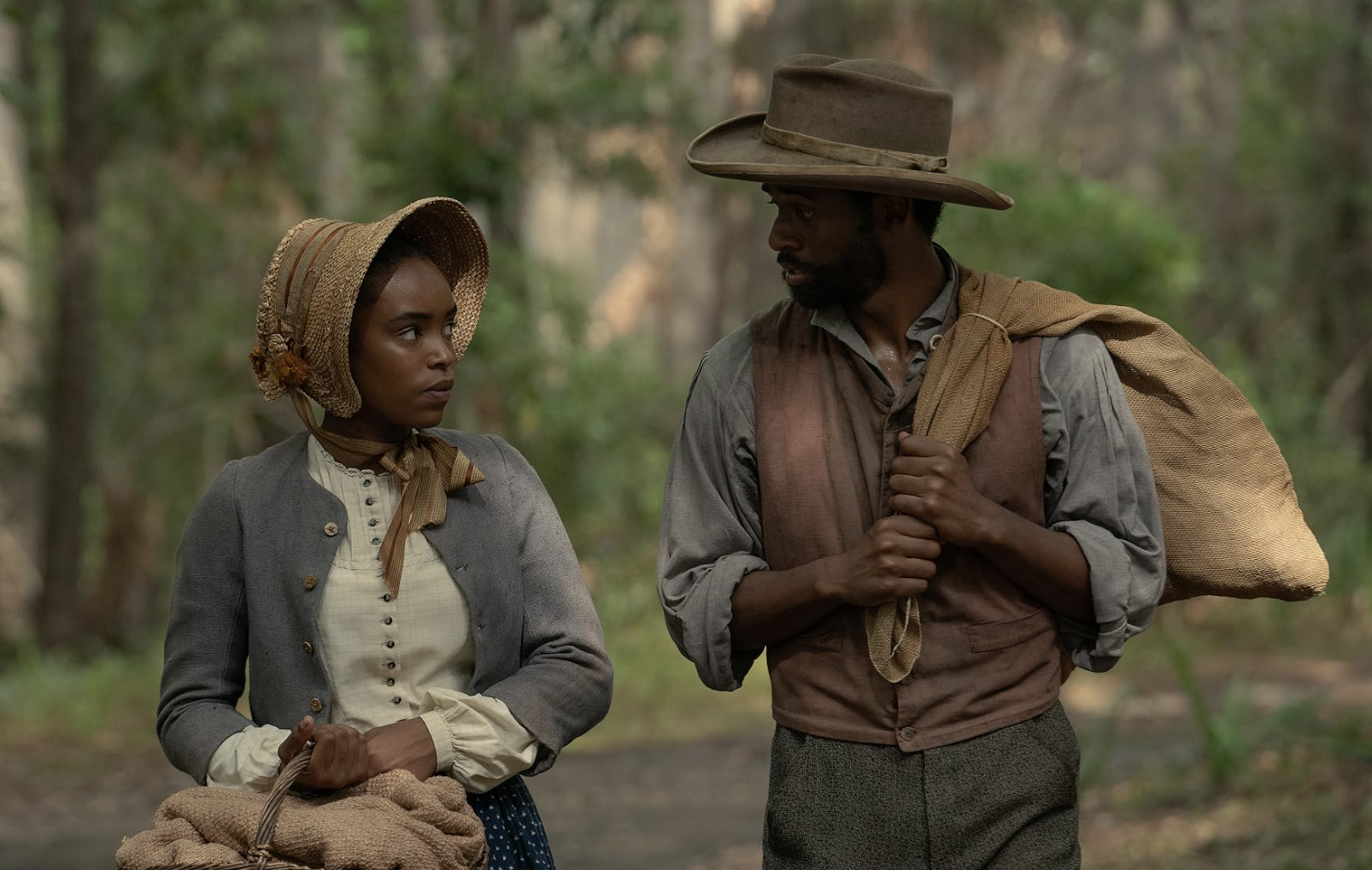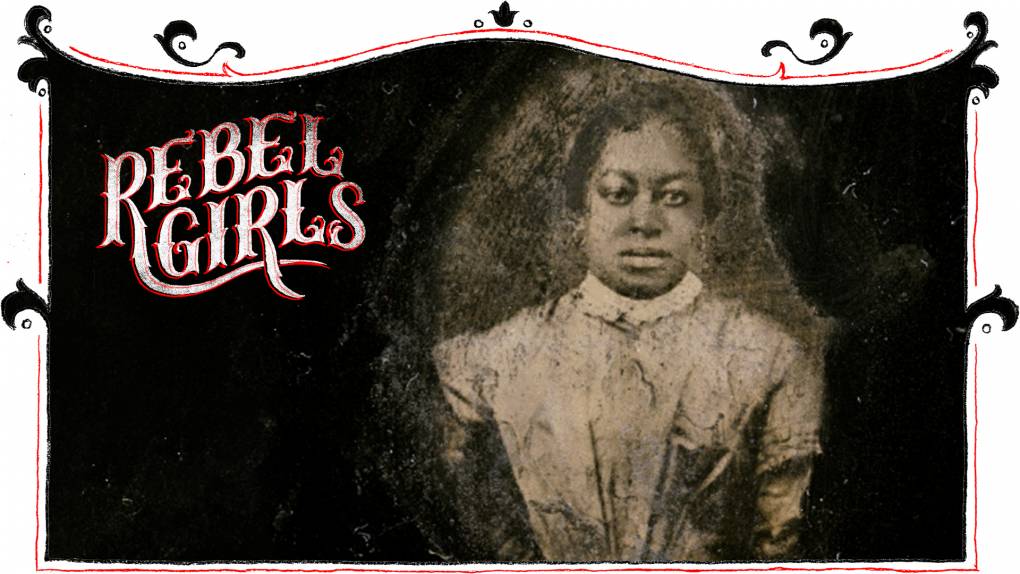We all know the basics of President Abraham Lincoln’s assassination. In a Washington, D.C. theater 159 years ago, Lincoln was shot in the back of the head by actor John Wilkes Booth, while Lincoln was watching Our American Cousin with his wife. As with so many major events from history the murder has, over time, merely become part of our national story — more and more devoid of emotional heft as time ticks along.
A new seven-part series from Apple TV+ now aims to change that, vividly taking us back to the murder, the political chaos that followed and, most importantly, the 12-day-long chase that culminated in the death of Booth and the trial of (some of) his co-conspirators. Despite a winding storyline and an overuse of time jumps, Manhunt somehow succeeds in being consistently gripping. The series plays out like a crime thriller, only one full of people whose names we might already know.
